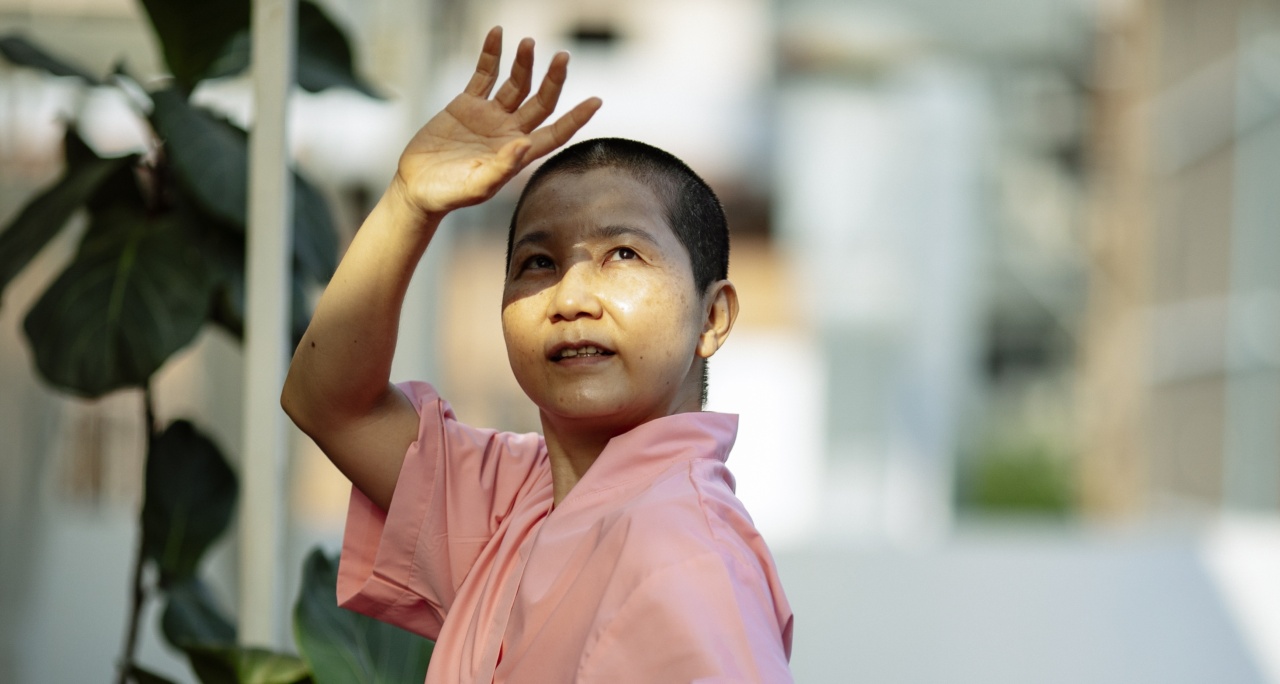Cancer is a dreaded disease that affects millions of people worldwide. The disease is characterized by uncontrolled and abnormal cell growth that eventually leads to the development of tumors.
While many factors can trigger cancer development, certain causes are preventable. Below are seven preventable causes of cancer.
1. Smoking and Tobacco Use
Smoking and tobacco use are among the leading causes of cancer. Tobacco contains carcinogenic substances that can damage DNA, leading to mutations that trigger cancers such as lung, esophageal, throat, bladder, and other cancers.
Even secondhand smoke is harmful to non-smokers and can increase the risks of cancer.
2. Unhealthy Diets and Obesity
Poor diets and obesity increase the risk of developing cancers such as breast, colon, pancreatic, and other cancers.
Unhealthy diets characterized by high-fat content, red meat, sugars, and low fiber, increase inflammation and oxidative stress that trigger cancer development. Similarly, obesity increases the production of hormones like insulin-like growth factors that stimulate cancer growth.
3. Exposure to Ultraviolet Radiation
Ultraviolet radiation from the sun and other sources such as tanning beds can cause skin cancer. Excessive exposure damages the skin DNA, leading to mutations that trigger skin cancer.
Reducing exposure to UV radiation and using sunscreen and protective clothing can help reduce the risks of skin cancer.
4. Alcohol Consumption
Excessive alcohol consumption increases the risk of developing cancers such as liver, breast, colon, and other cancers. Alcohol metabolism produces acetaldehyde, a carcinogenic substance that can damage DNA and trigger cancer development.
Reducing alcohol consumption or abstaining from alcohol can lower the risks of developing cancer.
5. Lack of Physical Activity
Sedentary lifestyles and lack of physical activity increase the risk of developing cancers such as breast, colon, and other cancers.
Physical activity helps in weight management, enhances the immune system, and decreases inflammation and oxidative stress, which reduces cancer risks. A regular physical activity routine can help reduce the risks of developing cancer.
6. Exposure to Hazardous Chemicals
Exposure to hazardous chemicals such as asbestos, benzene, and other industrial pollutants increases the risks of developing cancers such as lung, bladder, and other cancers.
These chemicals can damage DNA, leading to mutations that trigger cancer development. Reducing exposure to these chemicals and using protective gear can help reduce cancer risks.
7. Infections
Some infections can trigger cancer development. For instance, the human papillomavirus (HPV) can lead to cervical, rectal, and other cancers. Similarly, the hepatitis B and C viruses can cause liver cancer.
Reducing infection risks through vaccination and taking preventive measures can help reduce cancer risks.
Conclusion
In conclusion, cancer is a serious disease that affects millions of people worldwide. While certain cancer risks like genetics are unavoidable, many causes of cancer are preventable.
Adopting healthy lifestyles such as regular physical activity, healthy diets, reducing alcohol consumption, and avoiding exposures to hazardous chemicals and ultraviolet radiation can help reduce cancer risks.































